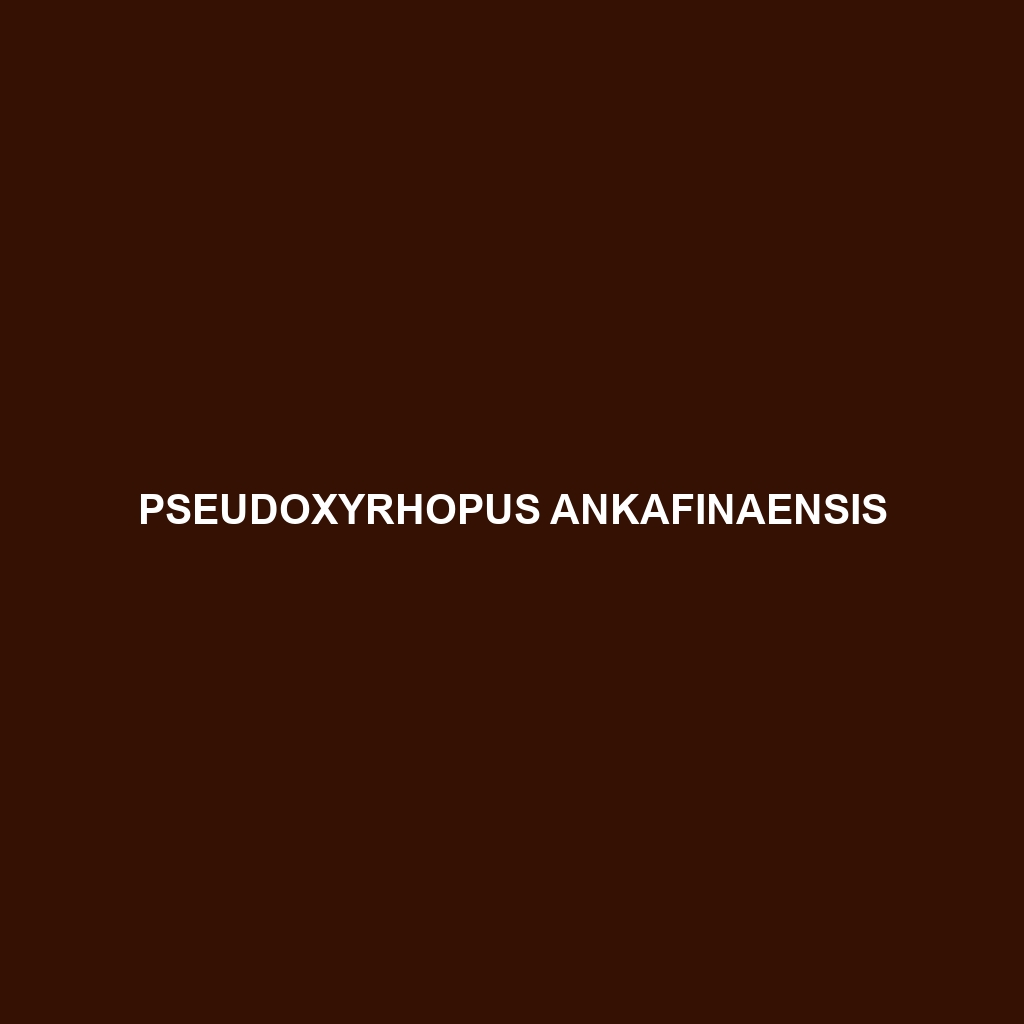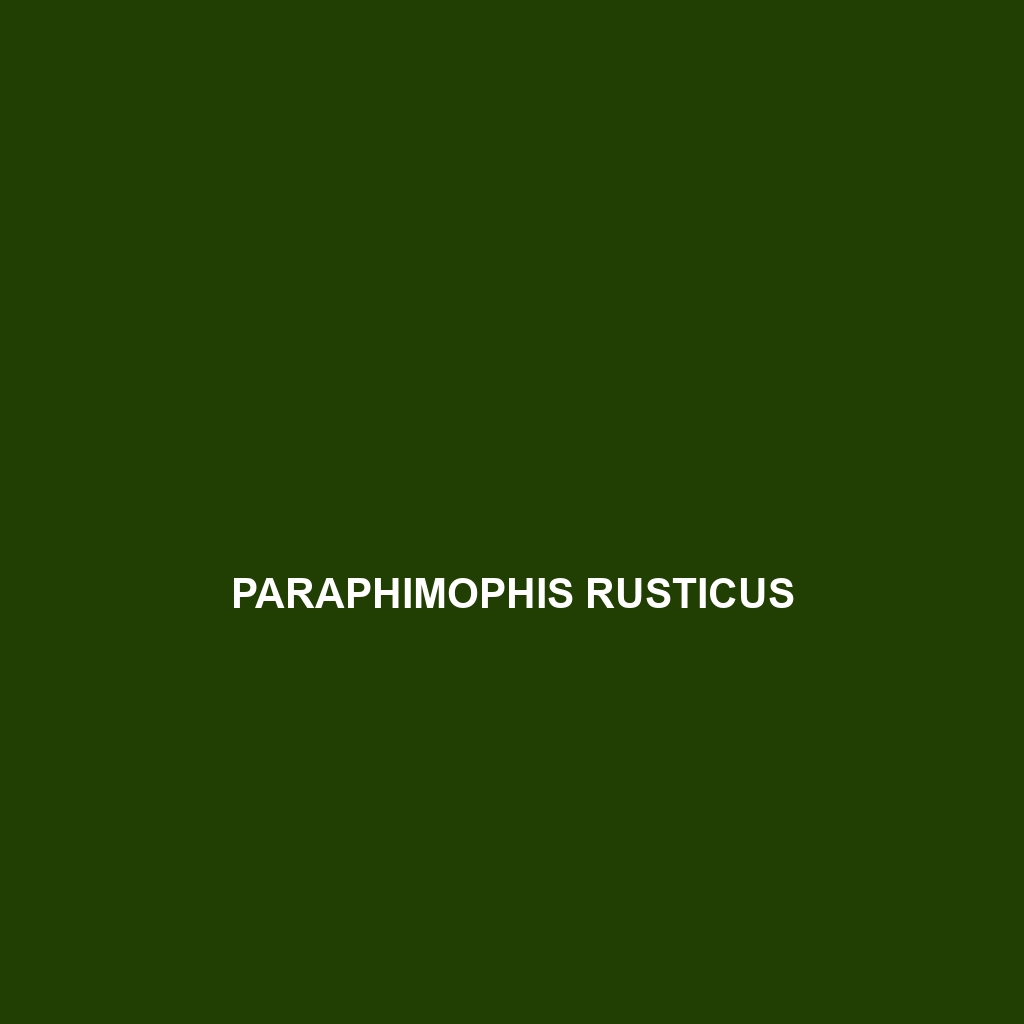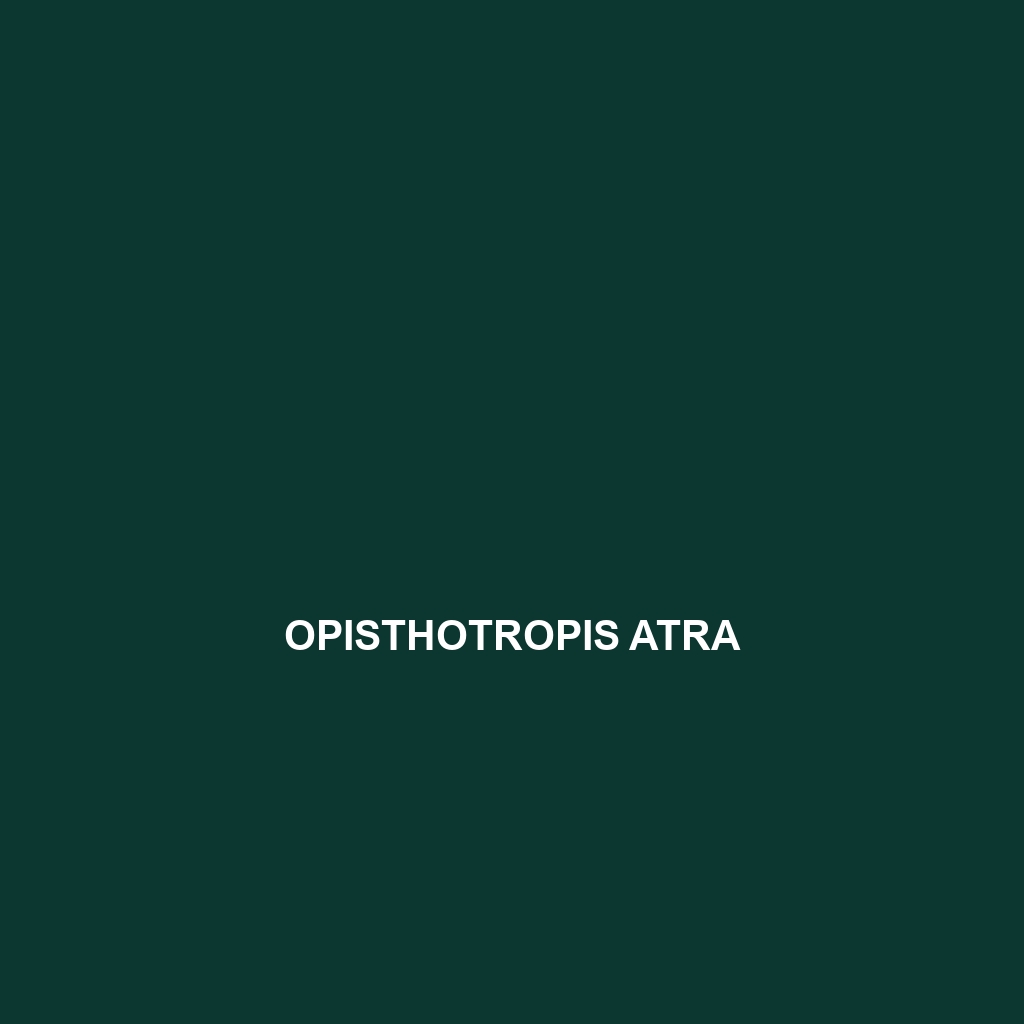<p><b>Sphenomorphus muelleri</b>, or Mueller's Sphenomorphus, is a slender, nocturnal lizard from Southeast Asia, thriving in tropical rainforests with its distinctive earthy coloration and superior camouflage. This insectivorous species plays a crucial role in its ecosystem by regulating insect populations and enriching soil nutrients.</p>
Tag: nocturnal behaviors
Sphaerodactylus dacnicolor
<p><b>Sphaerodactylus dacnicolor</b>, or the color-changing sphaero, is a small, vibrant lizard native to the Caribbean, known for its ability to change color for camouflage and thermoregulation. Measuring 5 to 7 cm, this nocturnal insectivore plays a vital role in its ecosystem by regulating insect populations and serving as prey for larger animals.</p>
Pseudoxyrhopus ankafinaensis
<p><b>Pseudoxyrhopus ankafinaensis</b> is a striking insectivorous snake native to the rainforests of northeastern Madagascar, known for its slender body, vibrant cryptic coloration, and nocturnal hunting habits. With a unique reproductive strategy and key ecological role, this vulnerable species faces threats from habitat loss, highlighting the urgent need for conservation efforts.</p>
Pseudoxyrhopus ankafinaensis
<p><b>Pseudoxyrhopus ankafinaensis</b> is a striking insectivorous snake native to the rainforests of northeastern Madagascar, known for its slender body, vibrant cryptic coloration, and nocturnal hunting habits. With a unique reproductive strategy and key ecological role, this vulnerable species faces threats from habitat loss, highlighting the urgent need for conservation efforts.</p>
Phyllodactylus kropotkini
Discover the fascinating Phyllodactylus kropotkini, a nocturnal South American gecko known for its slender body, impressive camouflage, and adaptability to diverse habitats such as rainforests and savannas. This insectivorous species exhibits unique behaviors including social vocalizations and remarkable hunting skills, playing a critical role in maintaining ecological balance.
Phyllodactylus hispaniolae
The Hispaniolan Leaf-toed Gecko (Phyllodactylus hispaniolae) is a nocturnal insectivore found in the biodiverse regions of Hispaniola, notable for its slender body, leaf-shaped toes for climbing, and a diet primarily consisting of insects. With an adaptable nature and a crucial role in regulating insect populations, it thrives in various habitats, from tropical rainforests to savannas.
Pelomedusa subrufa
The African helmeted turtle (Pelomedusa subrufa) is a resilient omnivore found in various freshwater habitats across sub-Saharan Africa, identifiable by its dark, oval-shaped shell and strong neck. Known for its nocturnal behavior and unique helmet-like structure, this species plays a crucial role in maintaining aquatic ecosystem health through its dietary habits.
Paraphimophis rusticus
Discover the remarkable Paraphimophis rusticus, a nocturnal serpent native to Central and South America's rainforests, characterized by its slender body, unique coloration, and keen prey-capturing abilities. This versatile predator plays a crucial role in its ecosystem, regulating insect populations while adapting to various habitats.
Paragehyra felicitae
<b>Paragehyra felicitae</b>, found primarily in tropical rainforests and humid savannas of Southeast Asia, is a distinctive omnivore characterized by its striking spot patterns, exceptional night vision, and strong social structures. This vulnerable species plays a crucial role in its ecosystem by assisting in seed dispersal and controlling insect populations.
Opisthotropis atra
The Opisthotropis atra, or Black Stream Snake, is a medium-sized, nocturnal snake native to the rainforests of Southeast Asia, known for its glossy black appearance and exceptional climbing skills. It primarily feeds on insects and plays a vital role in the ecosystem by regulating prey populations and serving as prey for larger predators.









